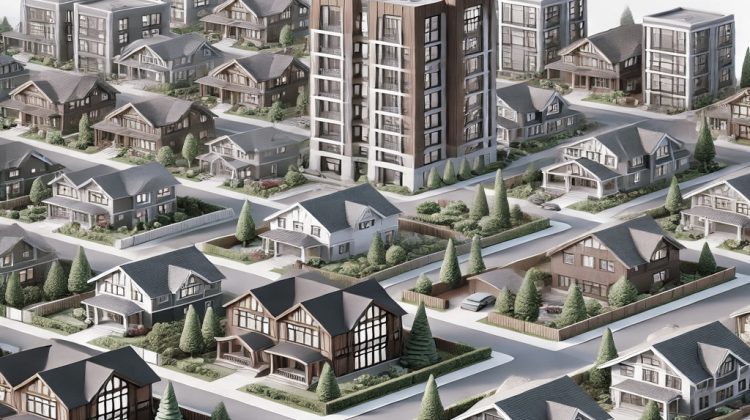
Trudeau’s Approach to Urban Development
Hamidreza Zandi, August 23, 2024
Prime Minister Justin Trudeau’s recent emphasis on densification as a solution to Canada’s housing meets some serious concerns. During a speech announcing the Housing Accelerator Fund, a $4-billion initiative aimed at incentivizing municipalities to make necessary zoning changes, Trudeau highlighted the need for higher density and more varied housing types, such as fourplexes, to better utilize urban land and meet housing demands (Global News )
The Risks of Uniform Licensing Rules
Uniform construction rules that limit the building amount based solely on the size and area of the land can be detrimental. Such an approach often overlooks the unique characteristics of different neighbourhoods, leading to a homogenized urban environment that lacks diversity and character. This can result in several issues:
Cities are a mosaic of diverse neighbourhoods, each with its own history, culture, and architectural style. Uniform construction rules can erase these distinctions, leading to a bland and characterless urban landscape.
The social fabric of a neighbourhood is shaped by its built environment. Buildings that are out of scale or character with their surroundings can disrupt the community’s cohesion and sense of place.
The visual appeal of a city is a significant factor in its livability and attractiveness. Inconsistent or inappropriate building densities and heights can create a jarring urban landscape, negatively affecting the city’s aesthetics and the well-being of its residents.
Solutions
1- To address these concerns, building density and height permissions should be guided by a city’s zoning map and urban landscape design. This approach ensures that new developments are in harmony with the broader urban context.
Zoning maps are critical tools in urban planning, defining what types of buildings can be constructed in specific areas. They help ensure that developments are appropriate for their locations, preserving the character and function of different parts of the city. Zoning maps can designate areas for residential, commercial, industrial, and mixed-use developments, promoting a balanced urban environment.
2- Also, Thoughtful urban landscape design considers the overall appearance and functionality of the urban space. It involves planning for public spaces, green areas, transportation networks, and architectural harmony. By integrating new buildings into a well-designed urban landscape, cities can maintain their visual coherence and ensure that new developments contribute positively to the urban environment.
3- Leveraging data and analytics can help planners understand the impacts of different building densities and heights on the urban environment. This can inform more effective zoning regulations and building codes.
4- Effective urban planning requires active engagement with local communities. Trudeau’s policy, while well-intentioned, may fall short in incorporating the voices of residents who understand their neighbourhoods best. Community input is crucial for ensuring that new developments meet the needs and preferences of those who live there.


